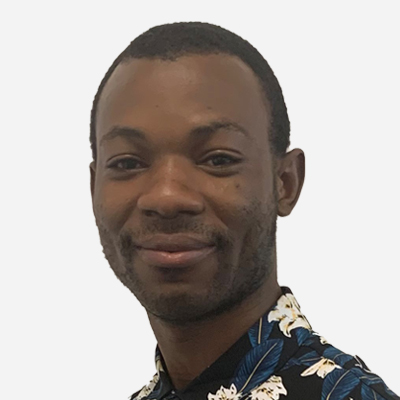Speaker Bio & Abstract

Sambus Geospatial
Austria
BiographyAdebayo is an Esri Certified Geospatial Analyst with several years of hands-on and research experience using geospatial tools and techniques. He has an academic background in Remote sensing and Geographic Information System and currently serves as the Chief Manager (Technical) for Sambus Geospatial Limited overseeing the affairs of the technical team across all Sambus operating countries in the West Africa sub-region. Prior to assuming the role of Chief Manager in 2021, he functioned as the Technical team lead for Sambus Geospatial Nigeria; rendering professional services and technical support for our Esri, L3Harris, and Trimble Geospatial products. He aspires to use Geospatial knowledge, tools, and technologies to solve pressing Environmental and Earth challenges and assist in making informed decisions that impact environmental change and management.AbstractDevelopment of a Digital Cadastre Database for Sustainable Urban Planning - (A Case study of Durumi Region of Abuja)A digital cadastre database is a dynamic platform which stores the records of the extent, value and ownership of land. The lack of proper land records is one of the difficulties being faced in developing countries and this slows down the rate of urbanization. However, as technology keeps advancing, the necessity for carrying out planning, development and management activities cannot be overemphasized. This study makes use of the ArcGIS platform and remotely sensed data to extract land boundaries in relation to adjoining properties in the Durumi region of Abuja. GIS stores data in geodatabases which is used to facilitate the administration and transfer of land ownership, manage an accurate inventory of real property, describe who owns the land, analyse land value and associated planning improvements. The technology presented in this paper defines cutting-edge GIS methodologies and Remote sensing techniques; high resolution satellite imagery was used to extract parcel fabric and other features and then GIS represented it visually. The major deliverable from this study is the digital cadastre database which allows input from field survey data and the creation of configurable web apps to enhance inclusive and sustainable urban planning.